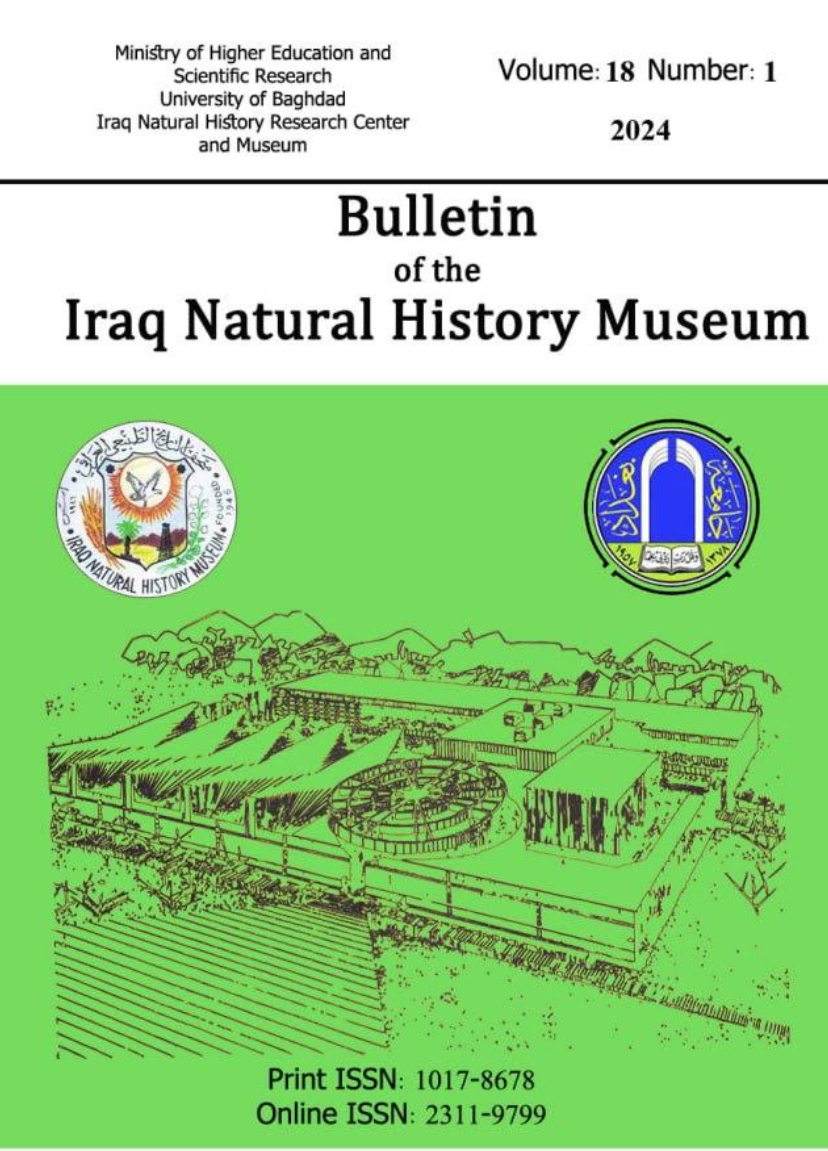PALYNOLOGICAL AND FOLIAR EPIDERMAL STUDIES OF GENUS OXALIS LINNAEUS, 1753 (OXALIDALES, OXALIDACEAE) FROM EGYPT
DOI:
https://doi.org/10.26842/binhm.7.2024.18.1.0065Keywords:
Egypt, Foliar epidermis, Numerical analysis, Oxalis, Pollen morphology.Abstract
By using light microscopy (LM) and scanning electron microscopy (SEM), the pollen grains and foliar epidermal morphology of four species and two varieties of Egyptian Oxalis Linnaeus, 1753 belonging to three sections of the subgenus Oxalis Linnaeus, 1753 were studied. The objective was to determine the importance of pollen and foliar epidermal characters as taxonomic evidence. The current study revealed that the pollen grains of all taxa examined are monads, radially symmetric, isopolar, and of medium size; the shape varied from sub-spheroidal to subprolate. The pollen apertures were tricolpate with ornamented colpal membranes (rugulate, warty, congregated granules). Exine is semi-tectate, with micro-reticulate to reticulate ornamentation, perforate in O. debilis Kunth, 1822. The study also revealed the presence of four types of stomata: actinocytic, anisocytic, anomocytic, and an unusual 4-celled anisocytic. Both abaxial and adaxial epidermal cells were irregular or polygonal in shape, with undulate or straight anticlinal walls and semi-swollen to swollen periclinal walls with dispersed epicuticular wax. Two forms of non-glandular, unicellular trichomes were observed: short clavate and long with a tapering apex and papillate surface. The study further discussed numerical results based on combined morphological, palynological, and foliar epidermal characters. This study is the first report dealing with anatomical and palynological features of the genus Oxalis in Egypt.











